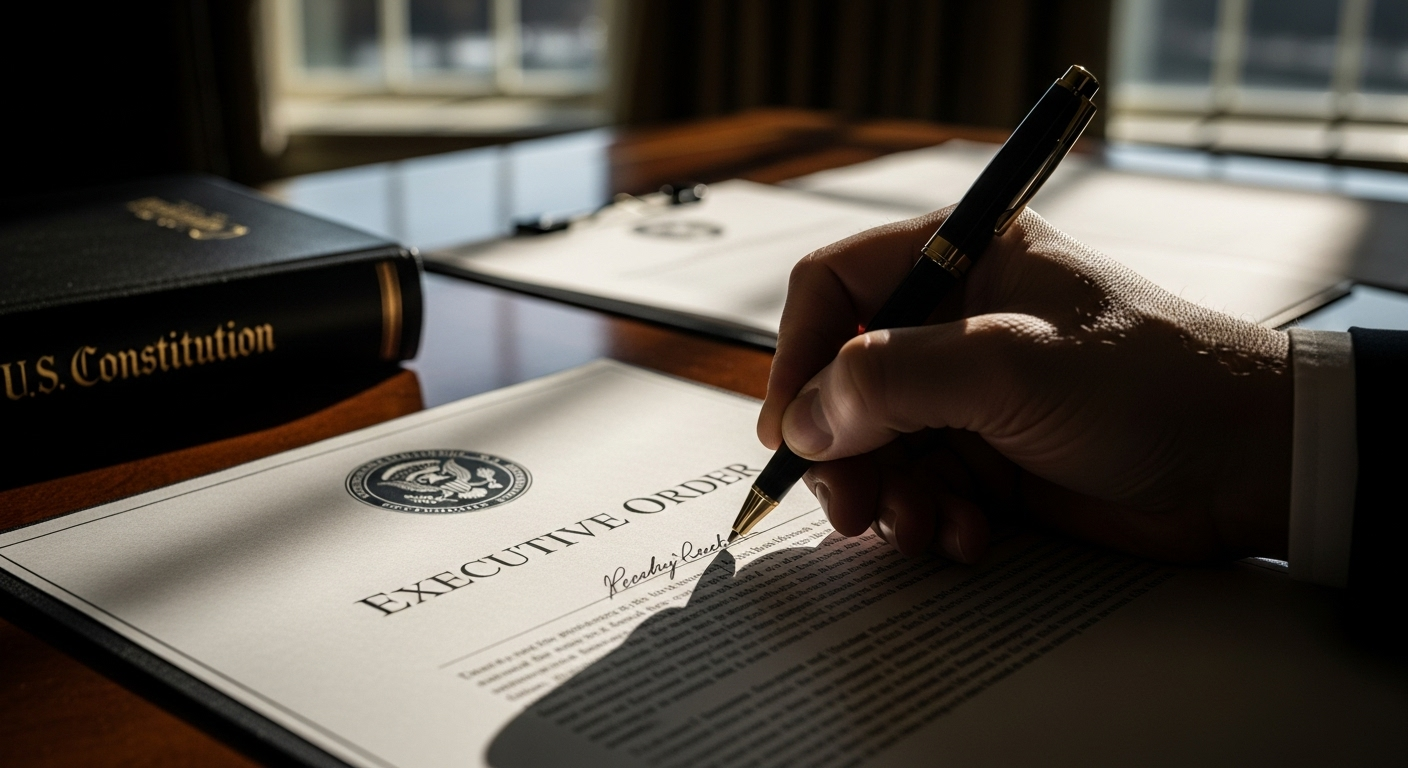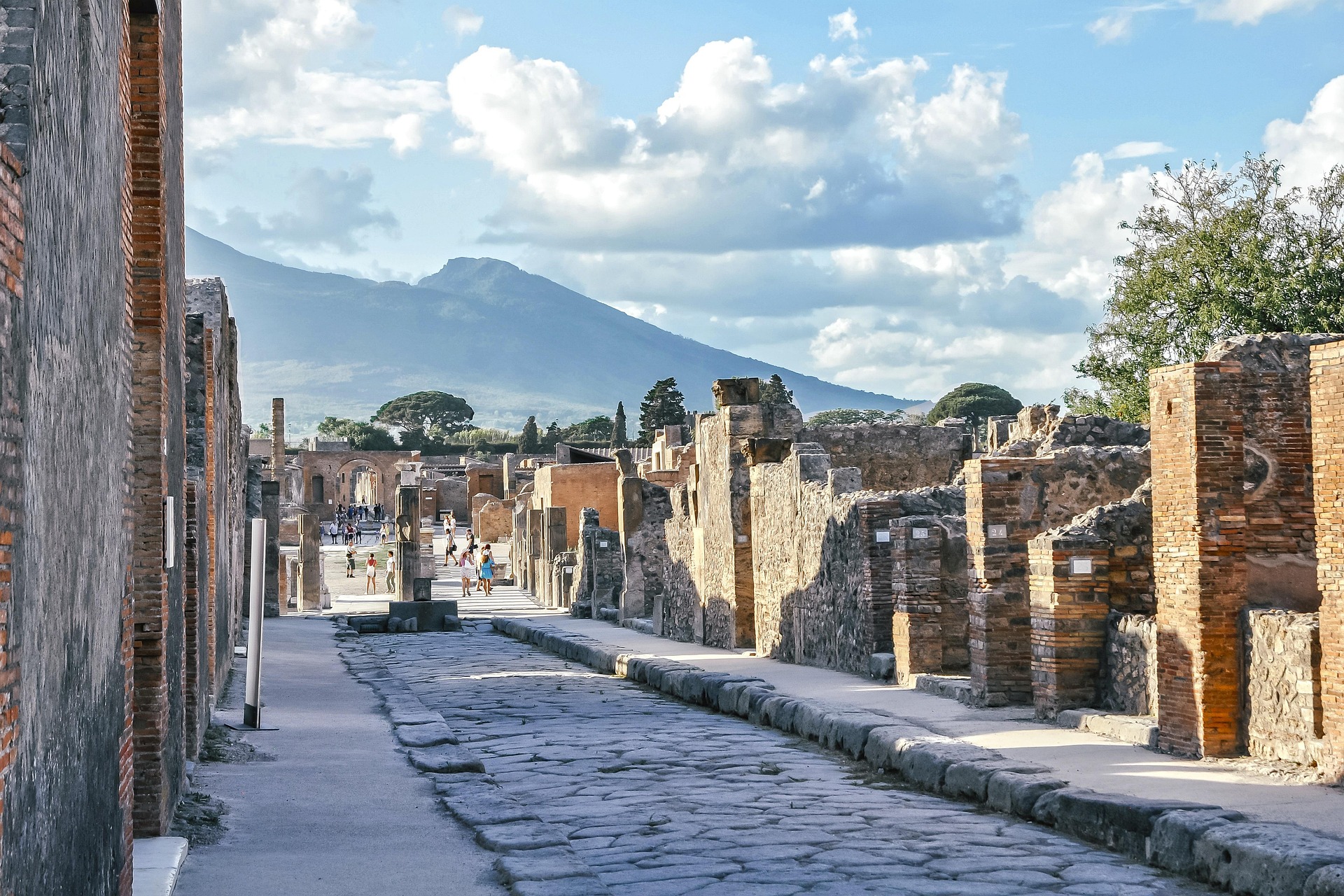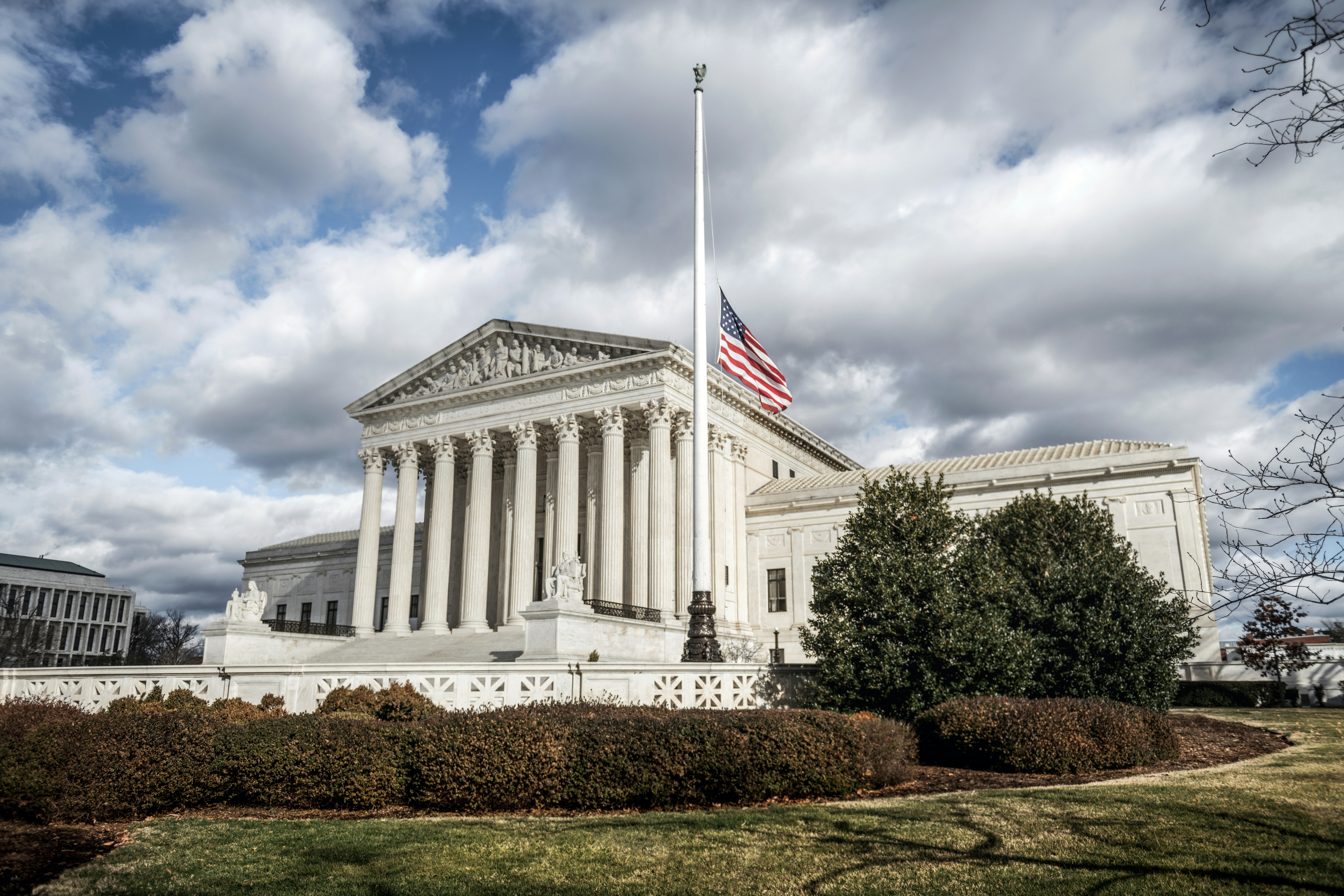Scrutinizing the Role of Executive Orders in U.S. Governance
The dynamic nature of the U.S. governance system has always been a topic of profound interest. One such aspect that has seen significant debates is the use of executive orders. This article delves into the historical context, current updates, and societal implications of executive orders in the U.S.

The Historical Context of Executive Orders
Executive orders have been a part of the U.S. governance system since its inception. Presidents have used them to manage operations within the federal government. The U.S. Constitution does not explicitly provide for executive orders. However, Article Two grants the president “executive power.” Executive orders are considered legal as long as they do not infringe on the powers of Congress or the Constitution.
The Power and Limitations of Executive Orders
While executive orders allow the president to enact policy changes without congressional approval, they are not without limitations. They can only be used to direct the operations of the executive branch of the government. They cannot create new law or allocate new funding. Moreover, executive orders can be challenged in court if they are deemed to overstep the president’s constitutional authority.
Recent Trends in Executive Orders
In recent years, there has been an increase in the use of executive orders, particularly at the start of a president’s term. This has often been a response to political gridlock in Congress. However, this trend raises questions about the balance of powers and the potential for executive overreach.
Societal Implications of Executive Orders
Executive orders can have far-reaching implications for society. They can shape policy on key issues such as immigration, healthcare, and climate change. While they can lead to quick policy changes, their effectiveness and longevity can be uncertain, as future presidents can easily reverse them.
The Future of Executive Orders
The future use of executive orders remains a contentious issue. While they can provide a quick means for policy change, concerns about executive overreach and the bypassing of Congress persist. As such, the debate around the role of executive orders in U.S. governance is likely to continue.
In conclusion, executive orders play a significant role in the U.S. governance system. They offer a means for presidents to enact policy changes quickly. However, their use also raises important questions about the balance of powers in U.S. governance. As the use of executive orders continues to evolve, it remains a vital topic for citizens to understand. Understanding executive orders is key to understanding the dynamics of power and policy-making in U.S. governance.





